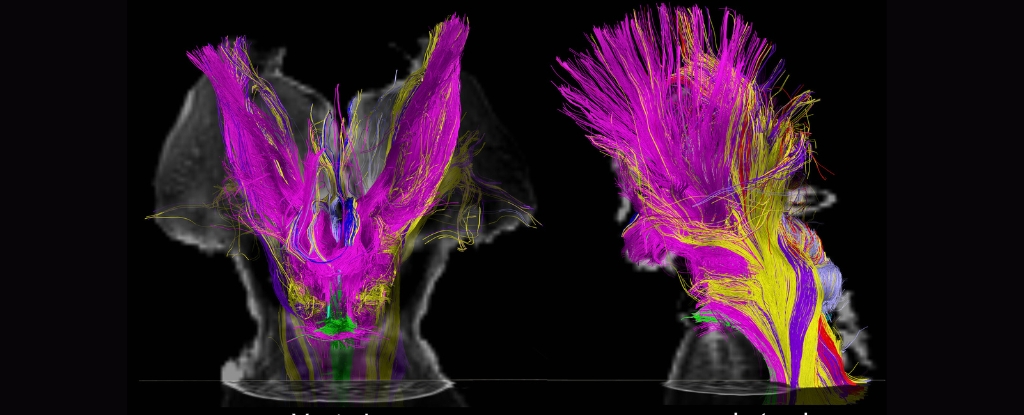Unraveling the Mysteries of Consciousness: New Insights from Brainstem Research
At the core of the brain lies the brainstem, a vital nexus of nerve cells that recent research suggests could play a key role in sustaining wakefulness within human consciousness. These findings, a collaborative effort between teams in the US and France, not only reinforce prior discoveries but also hold promise for shedding light on altered states of consciousness such as comas and vegetative states.
The intricate interplay between arousal and awareness forms the cornerstone of our understanding of consciousness. While the brainstem, particularly its role in regulating arousal, has long been implicated in this complex phenomenon, it is only recently that connections between the brainstem and regions governing awareness have been elucidated.
Pioneering work by Harvard Medical School researchers in 2016 identified a link between the brainstem and cortical areas associated with awareness. Subsequent investigations revealed disruptions in this connection among comatose and vegetative patients, underscoring its significance in maintaining consciousness.
Dr. Brian Edlow, a neurologist involved in this seminal research, embarked on a new study alongside colleagues from MIT and the University of Tours in France. Their aim was to delve deeper into the neural networks within the brainstem, a domain that has received comparatively less attention than the cortex.
Utilizing advanced imaging techniques, the team honed in on the concept of resting wakefulness, a state where the brain remains primed for processing information without being actively engaged in tasks. This led to the identification of the default ascending arousal network (dAAN), a web of connections extending from the brainstem to cortical centers of awareness.
In their investigation, the researchers uncovered a central hub within the midbrain—the ventral tegmental area (VTA)—which exhibited extensive connectivity with other nodes of the dAAN and cortical regions linked to conscious awareness. Previously regarded as primarily influencing behavior and cognition, the VTA’s newfound role in sustaining wakefulness adds a layer of complexity to our understanding of consciousness.
Additionally, direct connections between the brainstem and cortex were identified in the lateral forebrain bundle and medial forebrain bundle, further intertwining arousal and awareness within the neural architecture.
While these findings represent a significant step forward, the researchers acknowledge the limitations of their study and the multifaceted nature of consciousness. As such, the quest to unravel the mysteries of human consciousness continues, with numerous avenues yet to be explored.















































